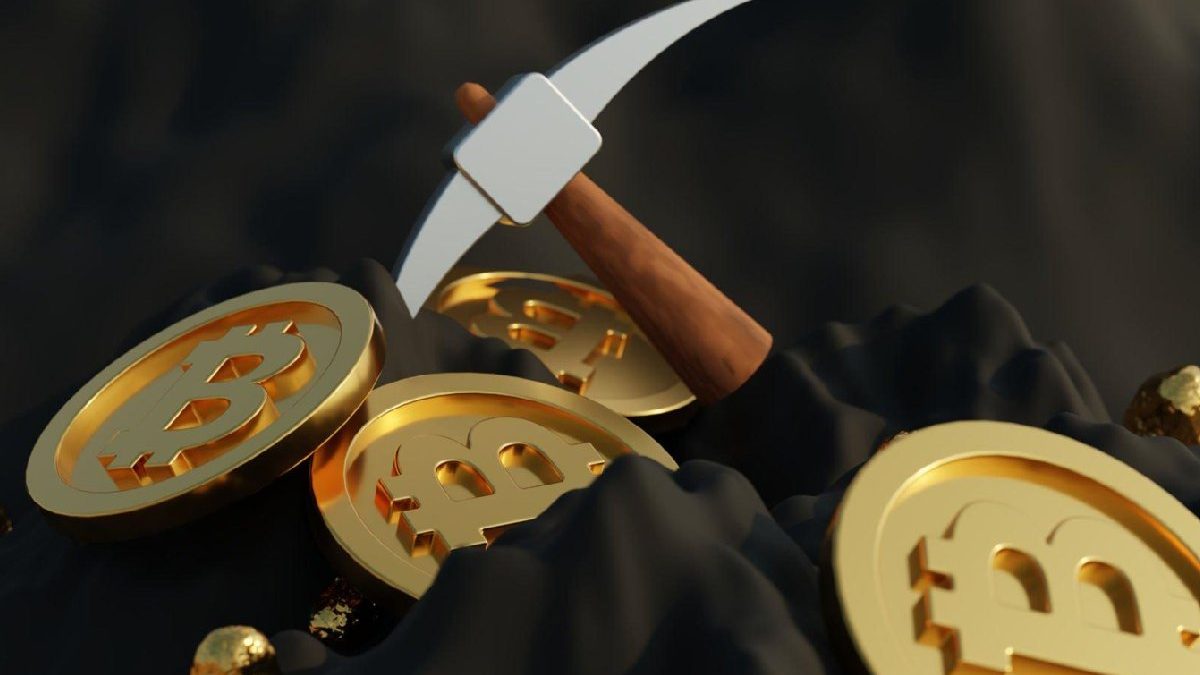Crypto Mining Decoded: Cryptocurrency has taken the world by storm in recent years, with Bitcoin and other digital currencies becoming household names. But how do these digital assets come into existence? The answer lies in a process known as crypto mining. Start your trading journey by using a reliable trading platform like Immediate Bitwave.
Table of Contents
Understanding the Basics of Crypto Mining
At the heart of the cryptocurrency ecosystem lies a decentralized ledger called the blockchain. This ledger records all transactions across the network, ensuring transparency and security. However, to maintain the integrity of the blockchain, new transactions must be verified and added to the ledger. This is where crypto mining comes into play.
The Role of Miners
Crypto miners are the unsung heroes of the cryptocurrency world. They are individuals or entities that contribute computational power to the network to validate and record transactions. In return for their efforts, miners are rewarded with newly minted cryptocurrency coins. This process not only secures the network but also issues new coins into circulation. And this is where the platform comes in, offering a unique opportunity for traders to benefit from these mined coins.
Mining Hardware: The Backbone of Crypto Mining
Successful crypto mining requires specialized hardware. In the early days, mining could be done using regular computers, but as the network grew, so did the complexity of mining. Today, miners use powerful machines called ASICs (Application-Specific Integrated Circuits) to perform the complex mathematical calculations necessary for transaction validation.
These ASICs are designed specifically for mining and are highly efficient at solving the cryptographic puzzles required to verify transactions. They consume less energy compared to traditional CPUs or GPUs, making them the preferred choice for serious miners.
Joining a Mining Pool
Solo mining, while possible, is a challenging endeavor due to the immense computational power required to compete with larger mining operations. As a result, many miners choose to join mining pools. These are groups of miners who combine their computational resources to increase their chances of successfully mining a block and sharing the rewards proportionally.
Mining pools are essential for small-scale miners, as they provide a more consistent income stream. When a mining pool successfully mines a block, the rewards are distributed among its members based on their contributed computational power. It offers traders a chance to invest in such mining pools, providing a hassle-free way to benefit from crypto mining without the need for technical expertise.
The Mining Process
Now, let’s take a closer look at the mining process itself. It can be broken down into several key steps:
- Transaction Verification: Miners collect a group of unconfirmed transactions, known as a block. They then verify the legitimacy of these transactions by solving complex cryptographic puzzles. This involves confirming that the sender has the necessary funds and ensuring that the transaction has not been double-spent.
- Proof of Work: The cryptographic puzzles are designed to be challenging and require a considerable amount of computational power to solve. Miners must find a specific value, known as a nonce, that, when hashed with the block’s data, produces a hash that meets certain criteria. This process is known as Proof of Work (PoW).
- Adding to the Blockchain: Once a miner successfully finds a valid nonce, they broadcast their solution to the network. Other nodes in the network verify the solution, and if it’s correct, the new block is added to the blockchain, and the miner is rewarded with cryptocurrency coins. This process also serves to secure the network by making it computationally expensive to alter past transactions.
Energy Consumption Concerns
While crypto mining can be a lucrative endeavor, it has come under scrutiny due to its high energy consumption. Mining operations, especially those using ASICs, require a significant amount of electricity. This has led to concerns about the environmental impact of crypto mining. Some cryptocurrencies are actively working to implement more energy-efficient consensus mechanisms, such as Proof of Stake (PoS), to address this issue.
Proof of Stake replaces the energy-intensive PoW with a system where validators (similar to miners) are chosen to create new blocks and verify transactions based on the number of coins they hold and are willing to “stake” as collateral. This approach significantly reduces the energy footprint of the network.
Conclusion
Crypto mining is a fundamental process that underpins the entire cryptocurrency ecosystem. It involves miners who use specialized hardware to validate and record transactions, contributing to the security and transparency of the blockchain. Platforms offer an accessible entry point for individuals interested in benefiting from the rewards of crypto mining. As the industry continues to grow and adapt, the future of crypto mining holds promise for both miners and investors alike. Whether through Proof of Work or Proof of Stake, crypto mining remains a dynamic and evolving field with the potential to shape the future of finance and technology. As you explore the world of cryptocurrencies, understanding the intricacies of mining is a crucial step toward harnessing its potential.

